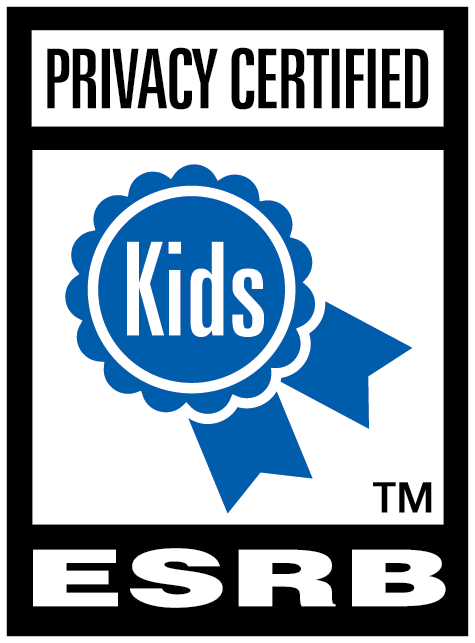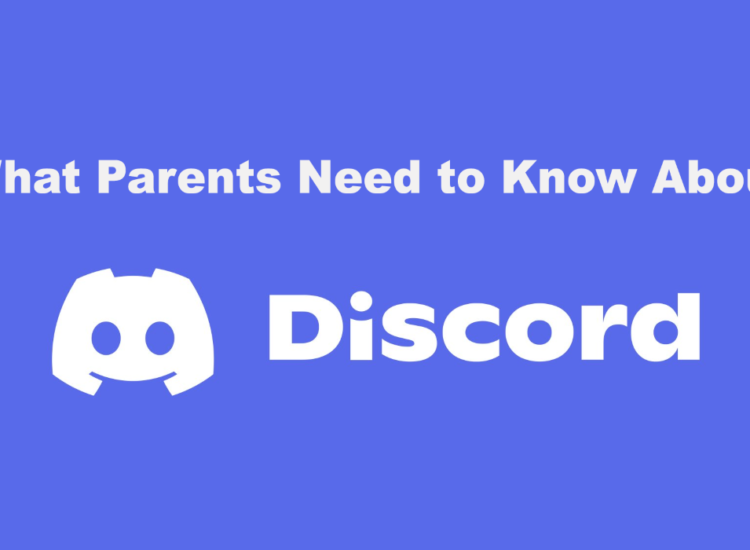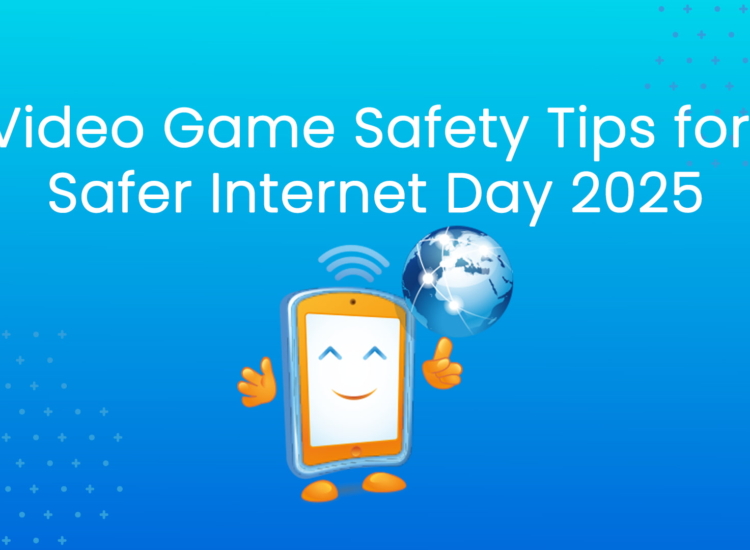5 Privacy Tips for Parents with Children on Mobile Devices

1. Review the Product Detail Information in the App Stores
App storefronts contain important information about the mobile apps they offer, including:
- The company or individual that is offering or selling the app;
- Whether the app has been updated recently or if it has been months or even years since its last update;
- The permissions the app requires; and
- A link to the app’s privacy policy, which should include a clear explanation of the information the app collects, how that information is used, and how it is shared.
Parents should not skip over this information.
2. Download the App with Your Child
The first time a child opens an app, a number of things might happen. The child might be asked to give the app various permissions, agree to a privacy policy and terms of service, provide age information, and possibly create an account. Parents should be part of this process.
3. Review the App’s Privacy Policy
No one expects parents to review every word of a privacy policy, but they should look through them for some key information. Most importantly, many privacy policies specifically identify how the app developer treats children’s information. Run a search for the words “child” and “kid,” which should help you identify any sections of the privacy policy that specifically address how children’s information is handled. If the privacy policy says the app is not intended for children under 13 years old, this means it likely does not abide by restrictions required by the Children’s Online Privacy Protection Act, which is a federal law intended to protect the online privacy of children under 13.
4. Enter Accurate Age Information
Many apps that are intended for children ask for age information. Be sure your child’s correct age is entered. Apps may utilize this information to determine how to treat your child’s information. For example, under U.S. law, children under 13 are entitled to additional privacy protections. Specifically, if your child is under 13, the app developer must either restrict the information it collects from your child or provide you with notice and get your consent before it collects the information. If, however, you or your child enter an age of 13+, the app will treat your child as an adult from a privacy standpoint. This means the app will collect and use your child’s information the same way it would collect and use your information. It may also activate features of the app that are only available to users 13 and over, such as chat and account creation.
5. Look for a Safe Harbor Seal

The Privacy Certified Kids Seal.
The Children’s Online Privacy Protection Act empowers the Federal Trade Commission to designate Safe Harbor providers to certify that apps (and other online services, like websites) meet the requirements of the law. This means an independent third party has already taken the time to vet the app from a privacy standpoint. ESRB is one of the approved Safe Harbors, and we take our responsibility very seriously. If you see our Privacy Certified Kids Seal, you can feel confident your children’s privacy will be protected.


